Cocoa Mahoney
Narrative written by Ann de Forest
Photos by Dave Tavani
Fifteen years after coming to America at the age of seven, Cocoa Mahoney can still taste the fruits from her childhood, mangosteen, dragon fruit, and lychee. She still craves Indonesian street food, especially martabak, an eggy spongecake wrapped around melted chocolate, nuts, and cheese. She holds fond memories of trips to the mountains with her family, where the air was cool, and they roasted corn over a fire.
She has disturbing memories too. A man sliding his hand onto her mother’s thigh on a crowded Jakarta bus. A bomb threat in a shopping mall, her frightened parents carrying her and her sisters and brother to safety. One night, she remembers, she woke up to see a crowd of people gathered outside her house, flaming torches in their hands. Someone had melted the lock to their outside gate and fused it shut. Her family was trapped inside. “This mob hated us because we were a Chinese-Indonesian family living in a Muslim country,” she says. “They wanted to burn our house down.” Fortunately, their Muslim neighbors, who knew and accepted Cocoa’s family, despite their differences, persuaded the mob to back down.
Fearing for their safety, concerned about the growing political unrest in Indonesia, and struggling economically, her parents decided to move to the United States. They had lived in Denver when they were first married, before Cocoa was born. They envisioned a better life for themselves and their four children. Cocoa’s father and brother left first and settled in South Philadelphia. Cocoa, her mother, and two sisters followed. Philadelphia was nothing like Denver. “It’s just as dirty as Indonesia,” her mother said when she arrived.
Cocoa had formed her own impressions of America by watching “Friends” on TV. “I was expecting to be mingling with beautiful, affluent-looking white people.” Instead, in South Philadelphia, where her family first settled, “the majority was minorities. There were a lot of black people.” Says Cocoa, “My parents were confused about the differences between the media view and the reality. It was strange to experience that dissonance.”
And the sense of security they sought seemed elusive too. The family landed in New York City on September 9, 2001. Two days later they were watching TV, when the news planes fly into the World Trade Center on the TV news. “I remember my parents were freaked out because they had just been there.”
Her parents were also anxious about whether they would be accepted in their new country. “When they came, they wanted to get rid of their Indonesian identity,” says Cocoa. “They were ashamed because of the state our country was in. They told us not to tell anyone that we were from Indonesia.”
Cocoa and her sisters attended a local Catholic school, where she felt at ease among Vietnamese, Laotian, and Cambodian classmates. Her parents found a community in their church, which served as a social center for Indonesian immigrants. But they also, says Cocoa, were dirt poor. Both her mother and father had taken on grueling factory jobs, and they worried about the safety of their neighborhood, the long walk their daughters had to make to and from school every day, and the quality of their children’s education. So they moved to suburban Montgomery County, where the school system offered buses and tracked classes, and they too could find “better jobs that were less taxing on their bodies,” Cocoa says. “It was all for educational and economic opportunity again… It was the ultimate minority dream.”
In the suburbs, Cocoa and her siblings were made acutely aware of their minority status. “There were a lot of expectations of what a family looked like in the suburbs. We had to fit that criteria.” Being Southeastern Asian and from a lower income family than most of her classmates, Cocoa strived to fit in. “Everyone had newer clothes. They had blonde hair and blue eyes, and I wanted to have blonde hair and blue eyes.”
The dream of security and success her parents so ardently pursued eluded them as well. They divorced when Cocoa was in college. Her older sister, who had always had difficulties in school, was diagnosed with autism. Her older brother died shortly after graduating from Penn State. And, when she was 15, Cocoa was diagnosed with cancer. “We suffered more here. … This American dream that they had in mind became a nightmare pretty fast.”
Having cancer was like entering another foreign country. Once again, media images didn’t prepare Cocoa for the reality. Never having seen Asian kids with cancer on TV or in hospital ads, she was under the illusion that only white children got cancer.
Though she wishes CHOP would feature more Asian kids in their publicity, she is enthusiastic about the care she received there. In Indonesia, most cancer patients go to Singapore for treatment, she says. And her hospital costs were covered by insurance her parents qualified for because of their low income. Her sister with autism has also benefitted from living in the U.S., where there is much more support and far less stigma for people with disabilities.
Now 22, Cocoa lives in North Philadelphia, where she is finishing up a degree in health information management at Temple University. Cocoa’s journey from South Jakarta to South Philadelphia, through her long exile in the suburbs, and now, as an urban college student, has attuned her to issues of ethnic and racial identity. Even when she was a child, she recalls, her fair skinned Chinese grandmother on her father’s side didn’t really like her. “And not only because I was bratty,” Cocoa says. Her father’s family looked down on her mother. At a young age, Cocoa absorbed their not so subtle message: “They were thinking ‘he could have married a light skin woman, and all the kids would have been less brown.’” She adds, “[Racism] isn’t isolated to America.”
Cocoa did well in high school. Looking back, she realized that the Asians who ended up in the higher-tracked classes were all like her, lighter skinned. “We were favored among our teachers, and had an opportunity to advance … When you hear about the Asian model minority, they are usually East Asian. They move through because of their lighter skin. Southeastern Asians, are known for having darker skin and even though I would classify as one because I am Indonesian, the fact that I was also Chinese contributed to a mixed appearance which granted me the favor to pass as an Eastern Asian student”.
Moving back into the city for college, Cocoa has found freedom to explore and experiment with her identity. She goes by Cocoa Mahoney for the purpose of ambiguity and for the subtle experience of having a name that people could not differentiate for being a minority, but for a white American. Her father, she reasons, had once changed his Chinese surname to fit in more in Indonesia. With her piercings and tattoos, a boxed set of Seinfeld episodes on an end table in her living room, and her admittedly strident personality, Cocoa is well aware that she defies traditional stereotypes.
“I’m carving out a new identity for what Asian American women can look like in the future. I’m allowed to look and behave like this. I can look and act like anything I want to, not the way people are defining me as, and not how my culture defines me as.”
She has become a sharp observer on how both Asians and whites limit themselves by conforming to social expectations. White identity in the suburbs, she says, is related to sports. “In the suburbs, you play soccer and field hockey.” Differences come down to: “Does your mom grill steaks? Do you eat chicken tenders? Do you own a pick-up truck? It was a narrower definition of being white.” She found more variety when she came back to Philadelphia. “In the city you can be different types of white. So I found a type of white people I could communicate and share some of my experiences with.”
She realizes that her Asian friends – and minorities in general — usually feel more constrained. “These depictions of the variety of how white Americans can act do not exist with minorities. White people’s ideas and stereotypes of minorities limit how minorities can act. Minorities also limit and conform themselves to white people’s expectations because they want to fit in.”
She jokes about her mother who criticizes Cocoa for denying her Asian identity, due to her non-traditional appearance, yet behaves exactly like any other suburban white mom, carrying Longchamp bags, wearing Dansko shoes, yoga pants, and a North Face jacket, while she shops at Costco and Trader Joe’s. “My mom is confused… . She doesn’t act like the traditional Asian mom like a lot of my friends have. She’s very open. She makes very controversial statements that I’m not always comfortable with. Traditional Asian moms, they’re very quiet, reserved. They do not talk about their feelings. They don’t talk to their daughter’s friends as if they were their friends too.”
Cocoa too can make her (general) friends uncomfortable. She is much more abrasive than Asian women tend to be. But she is comfortable and happy moving between two worlds of the white and minority identity, two sets of friends, and challenging them both. With her Asian friends, she shares a passion for anime and manga, and they gossip and complain about how white people behave. With her white friends, she relives favorite Seinfeld episodes and has learned to comment about the weather in conversation. “There’s different languages in each community,” she says. “I’ve figured out the language to talk to both.”
Cocoa’s comfort with her own identity doesn’t shield her from racism. “There are some days I feel like I belong here, and then something happens that I’m disrespected and have words hurled at me, and I think I don’t belong here.” In a corner store in her North Philadelphia neighborhood, a little African American boy made slanty eyes at her and called her “Chink.” Cocoa returned to her apartment, shaken and confused, and asked her half white-half black roommate, “Why does this happen that minorities turn against other minorities? Shouldn’t we be united?”
Cocoa harbors a dream of returning to Indonesia some day. She imagines feasting on fruit and martabak (a pastry) and reuniting with her extended family, especially her grandmother, who is more than 100 years old. She worries, though, that her family wouldn’t recognize or accept her. “I don’t think they’d like me for how I look now, because I look far from the ideal of a Chinese Indonesian woman in contrast my appearance leans towards a very American one.” Her tattoos alone would upset them.
On the streets of Jakarta, she says, “I’ll get harassment for being a woman, for being Chinese, and for body modification.”
Still, Cocoa’s sense of who she is includes the place that she was born. “I miss my childhood where we had the nuclear family image, where we had a more comfortable life than we did here,” she says. “I still think about Indonesia a lot even though I appear so whitewashed now. It’s a yearning – a fantasy I can go to a place that was my first home. I belong in more than one place.”
She knows too that definitions of home can be elusive. “I don’t necessarily feel like I belong here. When I go there, I don’t expect I’ll belong there. … No matter where will I be,” she adds, “I know I will be different compared to those around me.”

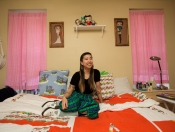
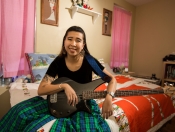
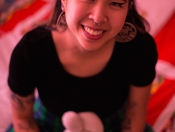
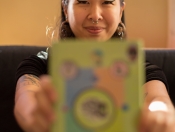
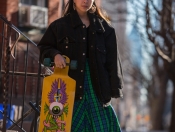
 Emi and Afaq Mahmoud
Emi and Afaq Mahmoud 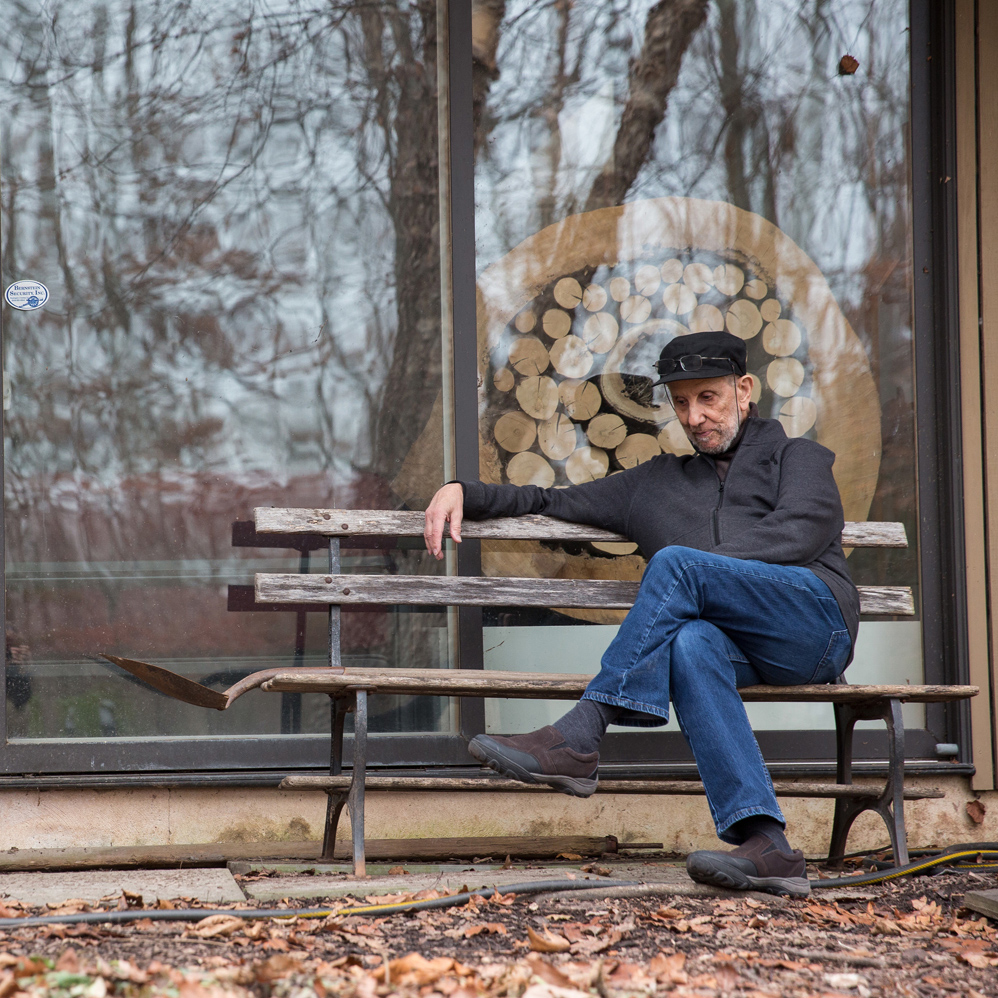 Rajie Cook
Rajie Cook 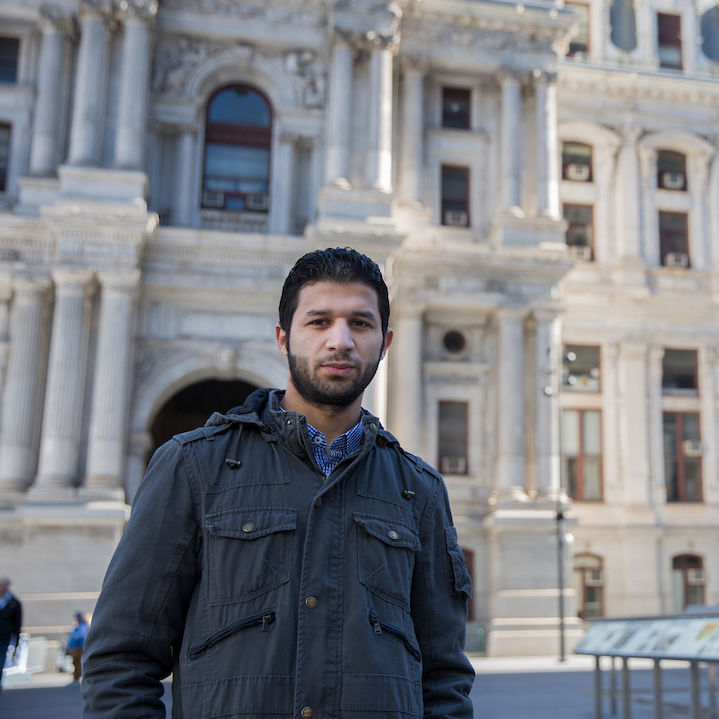 Yasser Allaham
Yasser Allaham 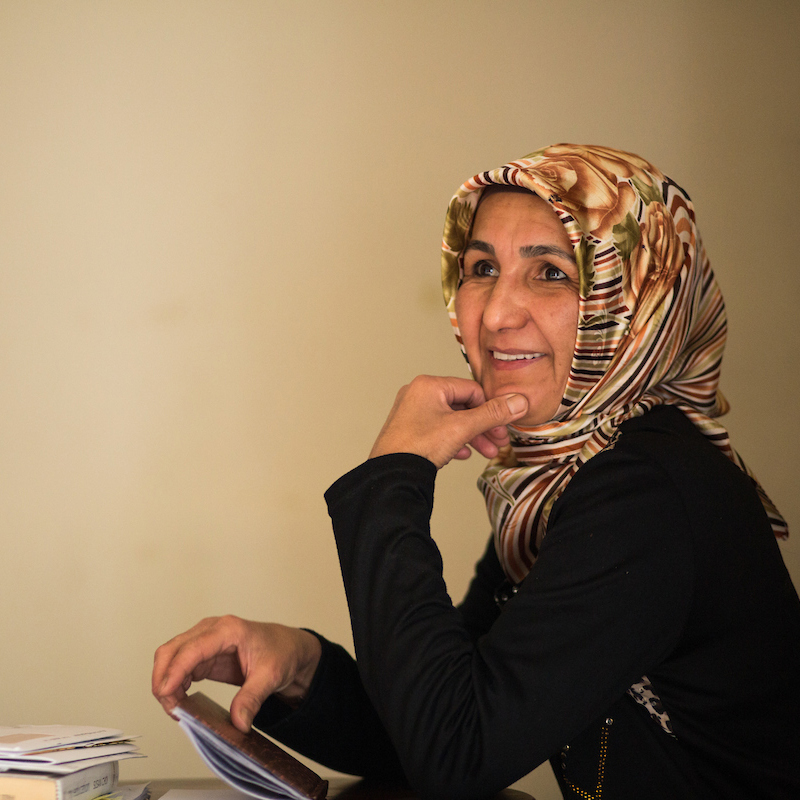 Gulnora Ravshan
Gulnora Ravshan  “Floating Outsider”
“Floating Outsider” 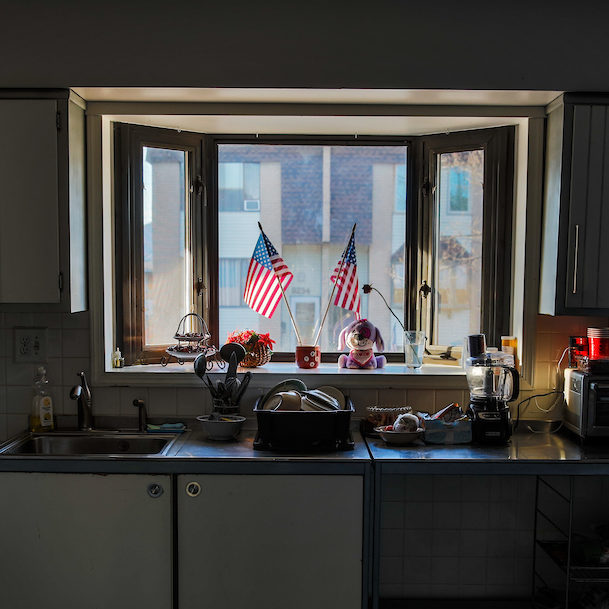 “Ahmad” & “Zainab”
“Ahmad” & “Zainab” 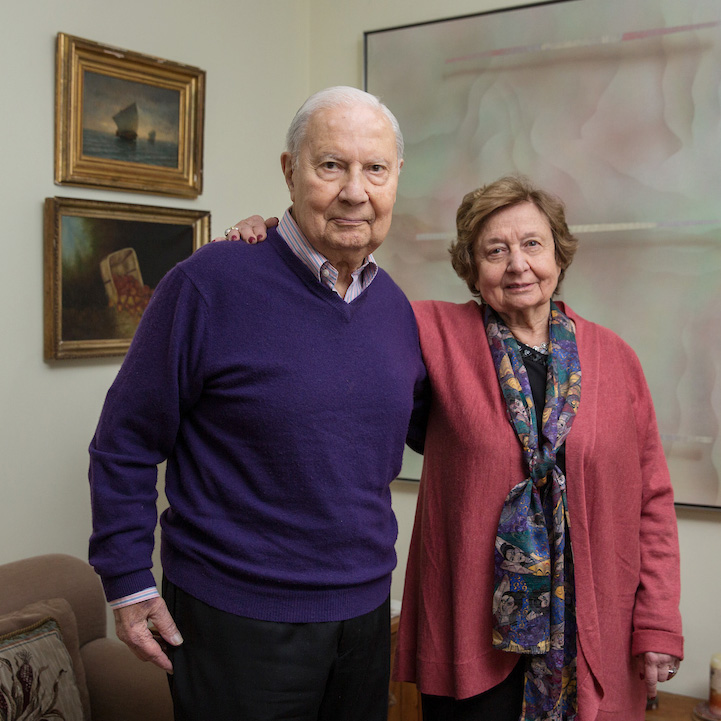 Jack and Gloris Dunnous
Jack and Gloris Dunnous  Maria Turcios
Maria Turcios 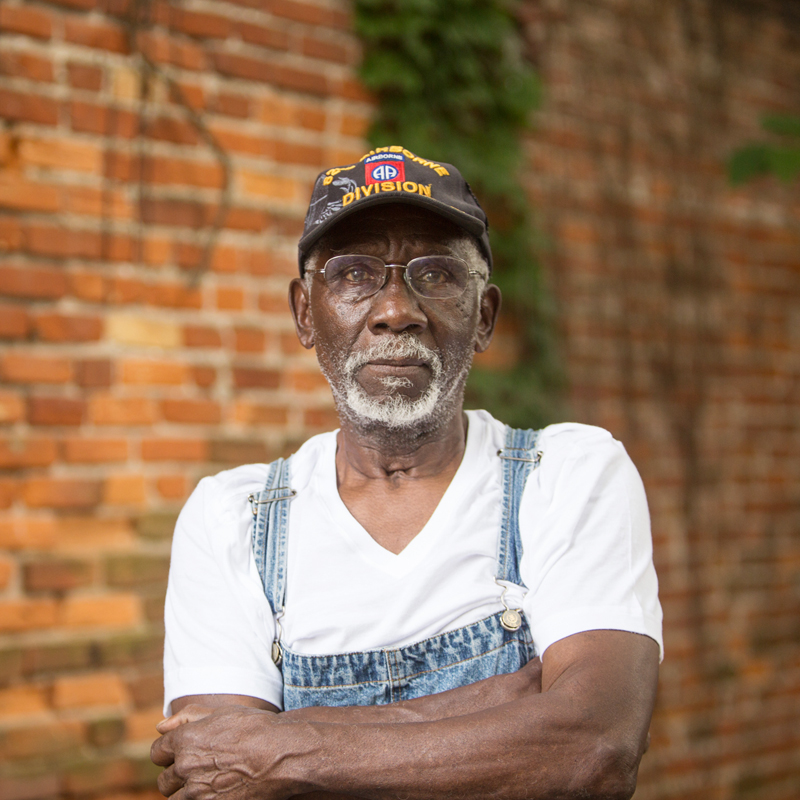 Lafayette El
Lafayette El 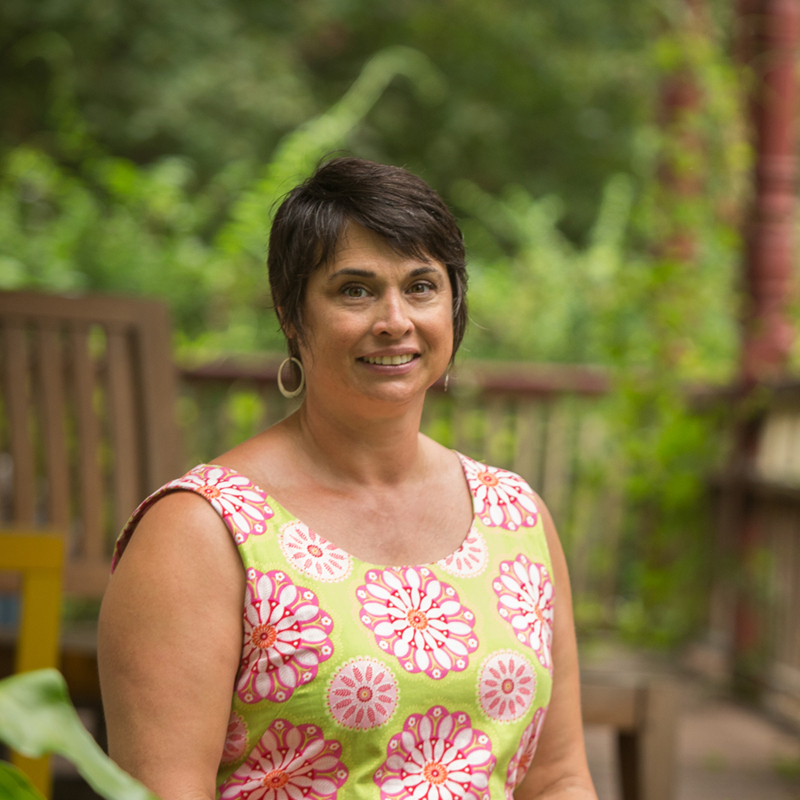 Tara O’Brien
Tara O’Brien  Sophia Simpson
Sophia Simpson